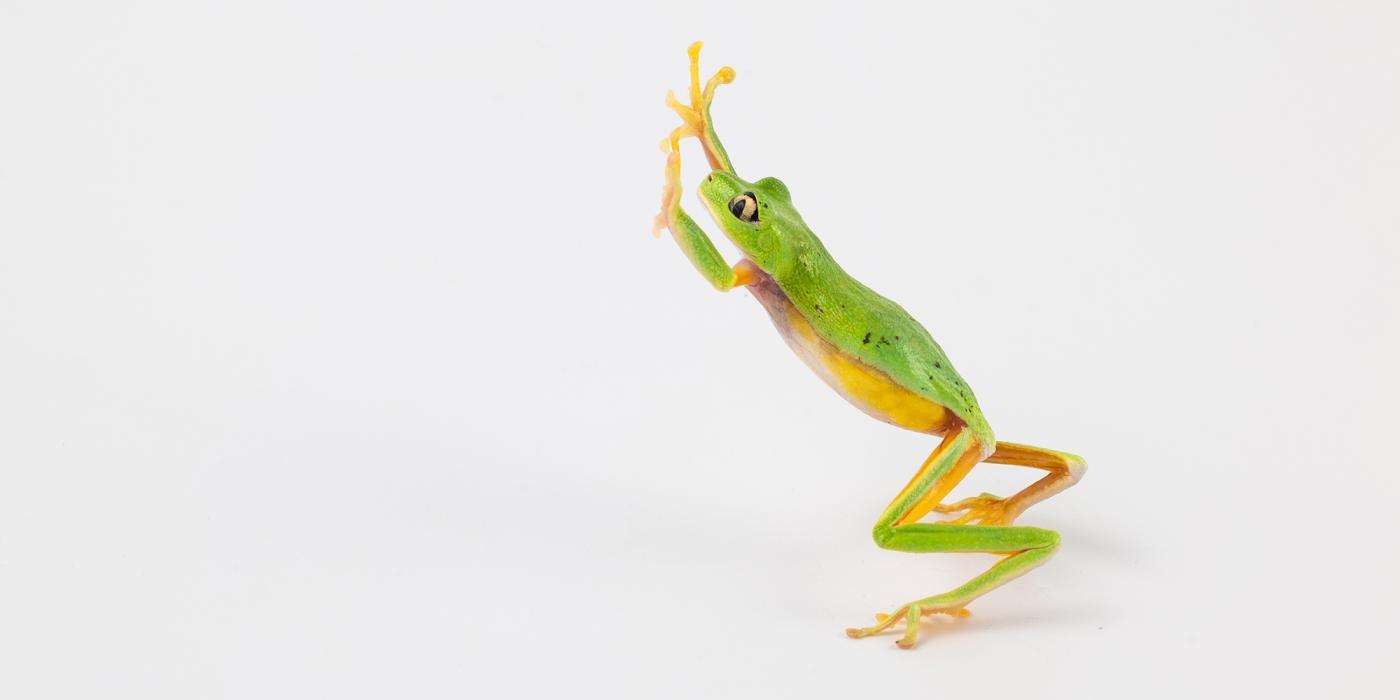New Electric Fishes Exhibit Opens at Smithsonian’s National Zoo
Interactive Exhibit Will Feature Lights, Speakers and Monitors Powered by Fish
The Amazonia Exhibit at the Smithsonian’s National Zoo is buzzing with a current from a brand-new Electric Fishes Demonstration Lab, opening Oct. 6 at 10 a.m. The multisensory lab is home to a 5-foot-long electric eel, capable of generating up to 800 volts of electricity, four black ghost knifefish, more than a dozen bluntnose knifefish and three elephant-nose knifefish.
The new lab features LED lights, a wave-form screen and speakers powered by the electricity the electric eel generates. The lights, screen and speaker will activate when the electric eel emits a charge—allowing visitors to see its strength. Four metal strips in the eel’s tank detect its pulses and convert them to sound, voltage and light. The electric eel can emit weak pulses to help it navigate or powerful charges to catch prey. The more excited the electric eel is, the more power it will generate.
Curious visitors interested in a hands-on experience can touch a life-sized model of an eel with a positively charged head and a negatively charged tail. If visitors hold the head and the tail simultaneously, their bodies will complete a weak electrical charge and the model fish will vibrate. Electric eels generate their pulses with electric organs called the Sachs electric organ and Hunter’s electric organ. Both organs have stacked cells—similar to a battery—that produce the pulses resulting in the head of the eel to have a positive charge and the tail to have a negative charge.
Visitors will also learn about other electric fishes in the Amazon River basin known as knifefish. With the press of a button, they can hear the difference between the ticking “pulse” of the bluntnose knifefish and the high-pitched “wave” of black ghost knifefish play over the speakers in the Lab.
Electric eels have been studied by scientists for more than 200 years. For much of that time it was believed that there was only on species of electric eel. Research by Smithsonian scientists has identified additional species. There are eight species of electric eels throughout the Amazon River basin.
The Electric Fishes Demonstration Lab was made possible by donations to the Zoo’s 2016 Electric Fishes Appeal.
# # #
Related Species:
Image Gallery

















